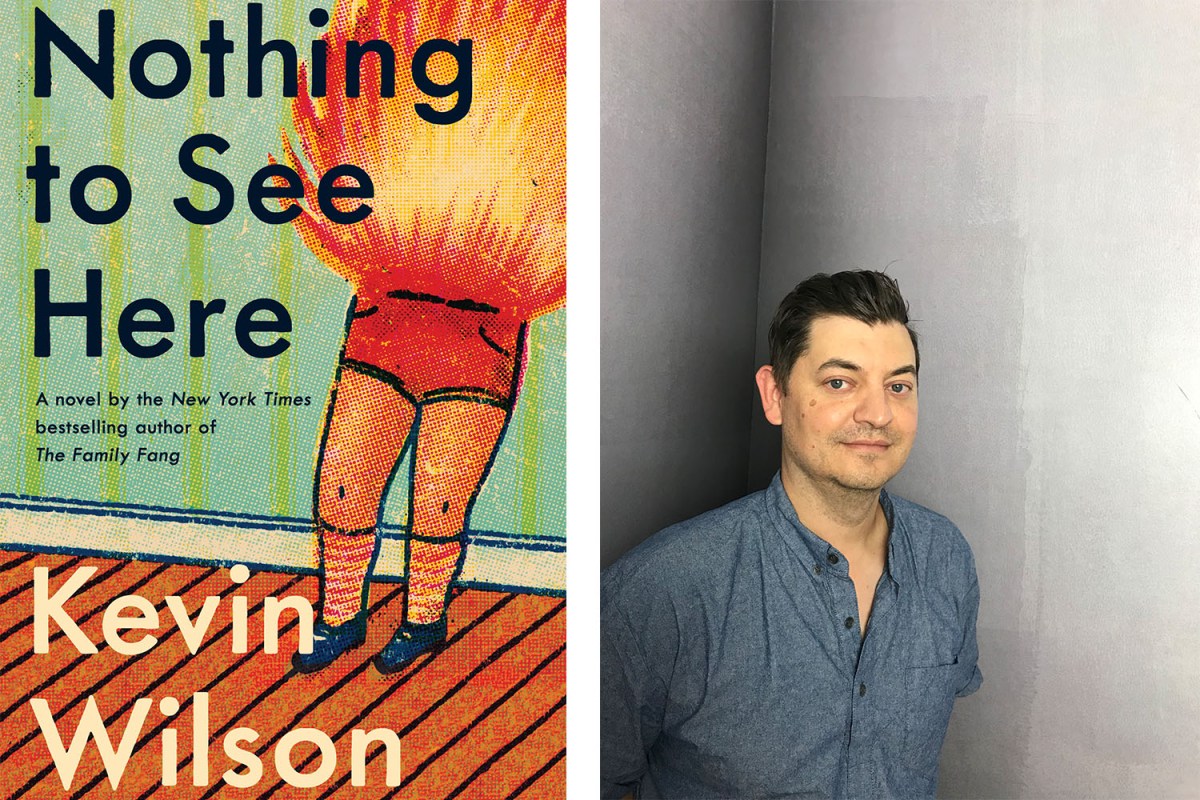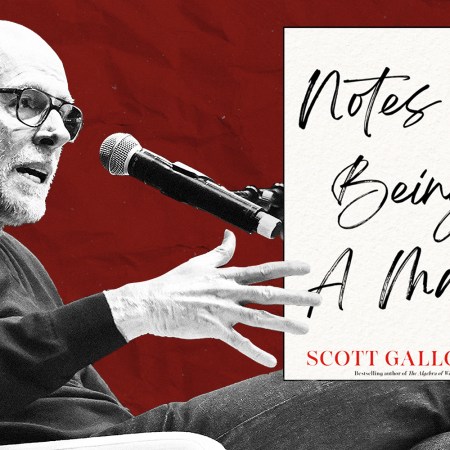Kevin Wilson’s fiction takes the unfamiliar and renders it ever-so-slightly surreal. You might know him best via his novel The Family Fang, which received an acclaimed big-screen adaptation starring Jason Bateman and Nicole Kidman in 2016. Wilson’s new novel Nothing to See Here is narrated by Lillian, a woman working a job she hates when her high school friend Madison calls with a proposal: would Lillian spend a few months watching Madison’s two stepchildren? The wrinkle here is that the kids in question have a tendency to, well, burst into flame at inopportune times.
In writing his novel, Wilson tells InsideHook, he’s finally taking a long-running interest of his and exploring it at length.
“It’s an obsession that’s actually found it’s way into my fiction before,” Wilson explains. ”In my first story collection, there’s a story where the main character’s parents spontaneously combusted at the same time. I thought it was out of my system and I could write about, I don’t know, some tasteful affair, but then in my first novel, The Family Fang, the main character gets an acting job playing the governess to a group of children who catch on fire.”
At one point in Nothing to See Here, there’s a reference to Time-Life’s Mysteries of the Unknown series of books, which helped turn a generation of readers into obsessives when it comes to the uncanny. Was Wilson drawing from his own experiences in making that reference?
“I wanted those books so badly, but my parents would never spend money on that, would never order something off the TV, but then my best friend, Tony, got them and I spent hours reading them,” says Wilson. “Before the internet, all I had was Mysteries of the Unknown.”
Wilson adds that the series has been a significant influence on his own work. “It shaped me in a lot of ways, that comfort with mystery, with weirdness,” he says.
Its influence can be particularly felt on Nothing to See Here. “And I can’t quite remember it clearly,” he says, “but I think the Spontaneous Human Combustion section was only, like, a panel, maybe a page? But it burned into my brain. It became such a huge part of my imaginary life.”
The friendship between Lillian and Madison is one of the central relationships of the novel. It’s also one fraught with questions of class: the two met after Lillian was given a scholarship to an exclusive boarding school — a period in their lives that ended when Lillian was asked to take the fall for Madison, and a decision that was out of the hands of both of them. For all that Nothing to See Here has surreal elements — as in, children with the power to burst into flame but be unharmed by it 2014 — it also takes its handling of class very seriously.
“It was a challenge, but I kept going back to one of my favorite writers, George Saunders. My favorite story of his is “Sea Oak”, which is about the inescapable nature of poverty, the endless cycle of oppression, but he’s got this dead aunt coming back to life and turning into this profane oracle, which just makes everything so much weirder,” Wilson says. He cited an interview where Saunders spoke about balancing sentimentality with the surreal as having made an impact on this book.
“That’s what I wanted to do, to avoid a kind of straightforward examination of class by layering it with weirdness and magic,” he adds. “I think, for me, it was a worry that I’m not capable of writing about serious stuff, so my way into it is through these elements that are more comfortable to me.”
There’s also a riff on politics in the novel: Madison’s husband Jasper is a Senator up for a Cabinet position, which explains the secrecy that surrounds Lillian’s position.
“I needed a reason that the kids wouldn’t just be used as a bridge to fame and fortune. I didn’t want them to be on a reality show. I didn’t want them to go viral,” Wilson says. “As I tried to consider why the parents would keep them a secret, it was obvious that it would be political. It was easy to think of a powerful dude who didn’t want any possibility of losing that power because of some dumb kids.”
Nearly all of the characters in the novel are portrayed sympathetically. Even Jasper, the closest thing the novel has to an antagonist, comes off as cold rather than actively malicious. “I believe that a powerful person like Jasper would see the children not really as human but as impediments to his larger aims,” Wilson explains. “I think that powerful people don’t really understand weakness or need. They find it repulsive. So I wanted to work with that, to have these children, to have Lillian, and on the other side, these people who are most focused on maintaining their power.”
Wilson notes that the novel contains plenty of history — from Lillian and Madison’s long-running and contentious friendship to Jasper’s relationship with his children. Wilson found himself caught between wanting to write a relatively short book and a plot that kept wanting to turn unruly.
“I was going to have some paranormal investigators and that was going to be so many pages, so I didn’t even try to entertain the thought,” he recalls. “I wanted to go back to high school a lot, to keep lingering on Lillian’s relationship with Madison but I told myself that all I had was that opening chapter. That was all I allowed myself. I had to make it work with just a little.”
From Wilson’s perspective, those edits were the right ones. “[T]hat was wonderful, to make each element important, to cut away anything that was extraneous,” he says. And it’s left his mark on his plans for the future. “Now all I want to write are short novels,” says Wilson. Whatever the size of what’s to come from Wilson, if Nothing to See Here is any indication, he’ll continue finding ways to combine unexpected concepts in ways that make for compelling fiction.
This article appeared in an InsideHook newsletter. Sign up for free to get more on travel, wellness, style, drinking, and culture.
























